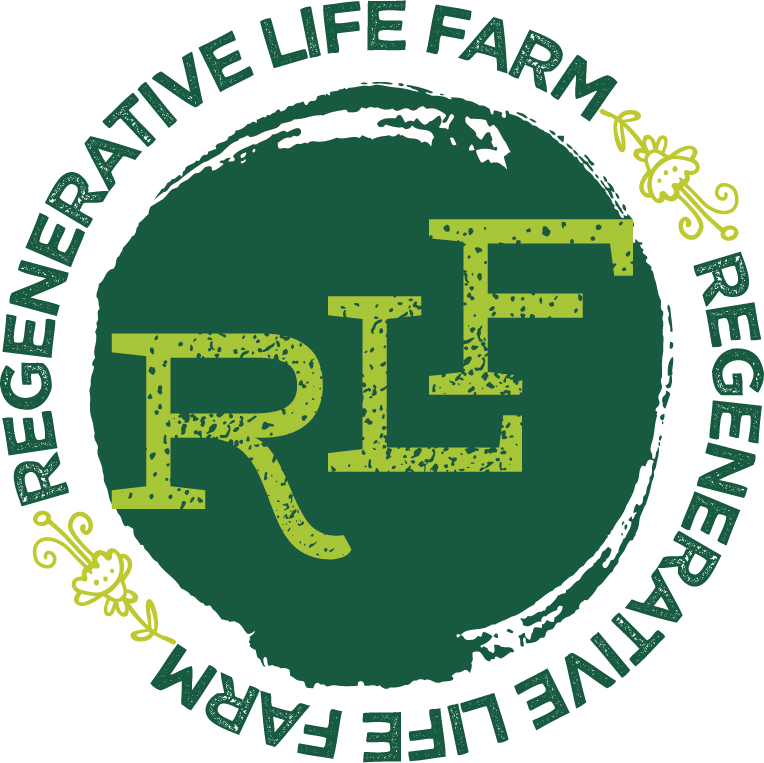Regenerative Farming Practices
This was published in the February 20, 2020 edition of The Fish Wrap
Regenerative Farming Practices are all based on soil health. All the decisions we make on Regenerative Life Farm are based on the effect on the precious soil. Nature is a genius at quickly improving soil health when she is left alone. So regenerative farming is about working within the natural processes to grow nutritious plants and animals. Choosing regenerative farming is a paradigm shift to focus on and prioritize soil health.
That paradigm shift has to do with inputs. Conventional farming is all about selling a farmer more inputs and larger, faster, heavier machines to apply them with. The soil acts like florist foam to hold the plants upright while all the nutrients the plants need to grow must be added to the soil. The plants have weak immune systems so insect and disease killing chemicals need to be added to the soil. With regenerative farming, inputs are decreased while transitioning, with the end goal being zero inputs to produce a healthy crop.
Changing from conventional to regenerative farming is not an overnight process and the transition period can be difficult. When you’re highly invested in provable ways to make money from farming, change is even more difficult. Learning and trying out new practices that are untested can be scary and risky. We hope to build a community of like-minded farmers to support ourselves and others in embracing these practices.
Everything on a farm is either getting better (regenerating) or getting worse (degenerating). Nobody wants to degenerate their land just to make a profit. Regenerative farming is great when it comes to the bottom line. Paying for inputs makes it harder to make a profit from the resulting crops. With regenerative farming, the input is loving support of the soil. And the outputs are lovely green plants, profits and planet!
